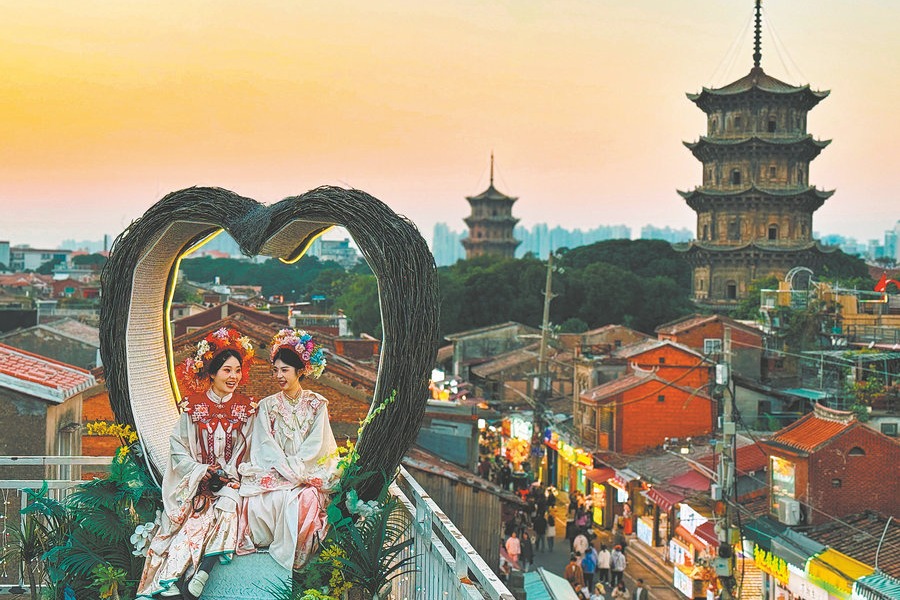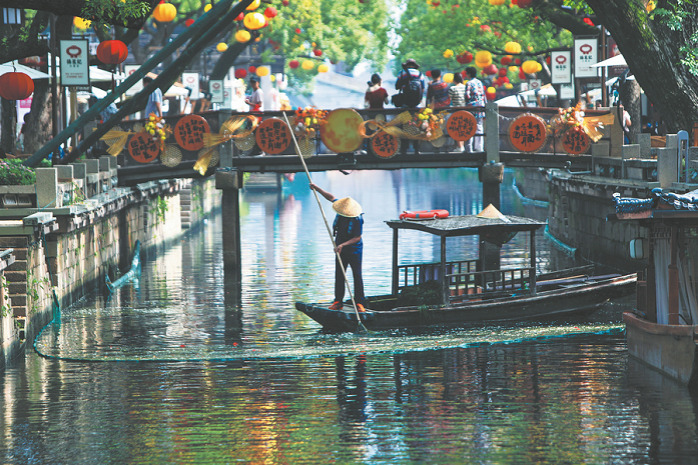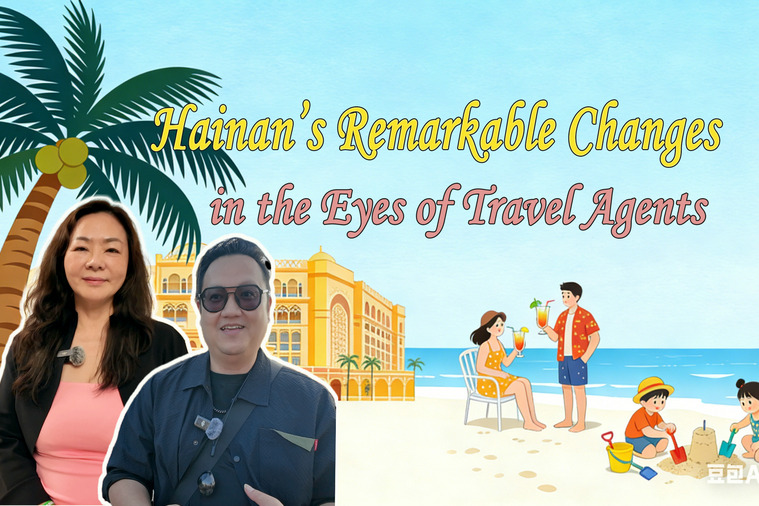A temple to harmony and peace


The ceremony - now an intangible cultural heritage due to its intricate rituals - has evolved into a grand cultural event drawing the attention of people both at home and abroad owing to the influence of Confucianism, and the government is intent on making it a platform to unite Chinese people around the world.
With the Dacheng Hall as the center, the temple is characterized by a bilateral symmetry on a south-north axis. There are five halls, one memorial temple, one tower, one altar, 17 pavilions for stone tablets and 53 memorial archways in the complex. Most of them owe their name to literary quotations eulogizing Confucius or the legends woven around him.
For instance, the only altar in the temple is called Xingtan, where Confucius is said to have delivered lectures to his students throughout most of his life. Some schools today have buildings, departments or activities named after Xingtan to pay their respects to Confucius and his contribution to spreading the spirit and principle of benevolence, righteousness, courtesy, wisdom and trust.
The layout of the complex was designed according to a series of ethical and ritual theories created by Confucius, who emphasized social hierarchy and harmonious co-existence of human beings and nature, making it a combination of space and spirit, and nature and culture.
There are hundreds of old trees and over 2,000 stone tablets in the temple complex, with the oldest one dating back to the Han Dynasty (202 BC-AD 220), which enshrines the imperial praise for Confucius. A number of tablets are valuable cultural relics, and important to history and calligraphy students.
The Temple of Confucius, and the neighboring Kong Family Mansion and Cemetery of Confucius were recognized as world cultural heritage by the United Nations Educational, Scientific and Cultural Organization in 1994. The Chinese government recognized the three places as a key cultural relic site under State protection in 1961.

































